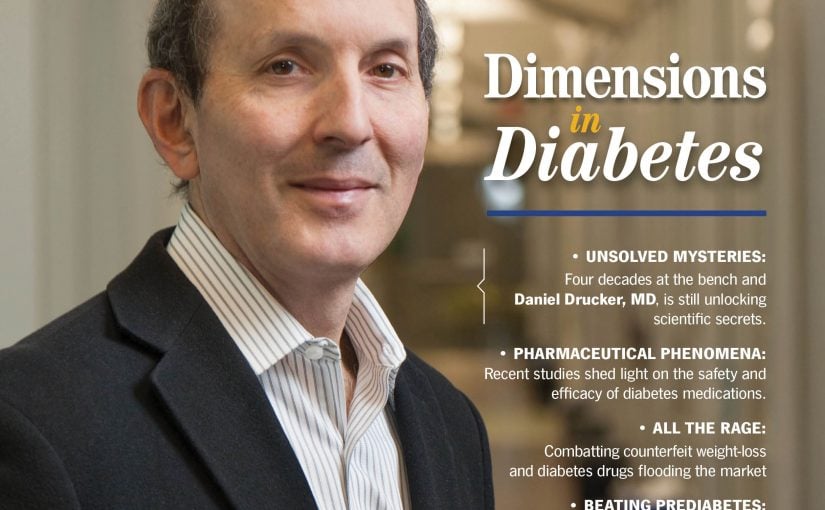Eric Seaborg takes on the controversial topic of vitamin D, specifically, the proper dosage, in “Just Right: How Much Vitamin D is Enough?” (p. 11). There is no doubt that vitamin D “does a body good,” as the old milk commercials used to say. But what is up for debate is how much is enough and how much is simply too much? Studies and experts have disagreed with one another for years. According to JoAnn Manson, MD, DrPH, a professor at Harvard Medical School who served on a recent Institute of Medicine (IOM) task force on reference intakes for vitamin D, “The message that is going out to the public is that the higher the intake of vitamin D the better, and I think even many clinicians are confused and question this assumption.” Hopefully, a host of research studies will answer these lingering questions once and for all, but it’s not likely.
Here’s an interesting statistic: in the last four decades, the number of thyroid cancer cases have tripled while the mortality rate has pretty much stayed the same. Kelly Horvath writes about this phenomenon in “Diagnosis Overkill” on page 14, where she talks to Michael Tuttle, MD, at Memorial Sloan Kettering in New York, who believes that some clinicians are looking for this cancer somewhat overzealously. “If you look hard enough, you can find thyroid cancer, but if you are finding something that is not life-threatening and is not likely to hurt somebody, then you have to question — what is the benefit?” he says.
Treating diabetes patients who are also serious athletes is the topic of “Physical Therapy” by associate editor Derek Bagley (p. 18). Research has shown that exercise greatly aff ects glycemic control in patients with type 1 diabetes, so a personalized care plan is of the utmost importance for these patients. According to Raymond J. Davey, PhD, of the Telethon Institute for Child Health Research, in Perth, Australia, there’s no doubt that an active lifestyle is important for people with T1D, “therefore, I’d suggest that the best approach is to find an exercise type or program that provides the greatest enjoyment to increase the likelihood of adhering to regular exercise.
I started my journalism career when I was a freshman at the University of Alabama writing about making the transition from a small town marching band into to a big-time college band. It was published in Marching Bands & Corps magazine. I suppose I’m continuing that theme 31 years later with a similar article on how kids with chronic conditions such as diabetes are making the transition from childhood into adulthood with the help of online toolkits (“Growing Pains,” p. 22). Back in college, I remember a fellow trumpet player who wore an insulin pump. While at band practice one day, a drum major had to run across the street to get him a candy bar when his numbers bottomed out. Luckily, college freshmen entering school three decades later have their pick of online tools to help them find support, manage their diabetes, and find suitable healthcare providers rather than having to rely on the kindness of a classmate. But, the kindness of others is still a big part of these new toolkits as well.
Mark A. Newman,
Editor, Endocrine News

